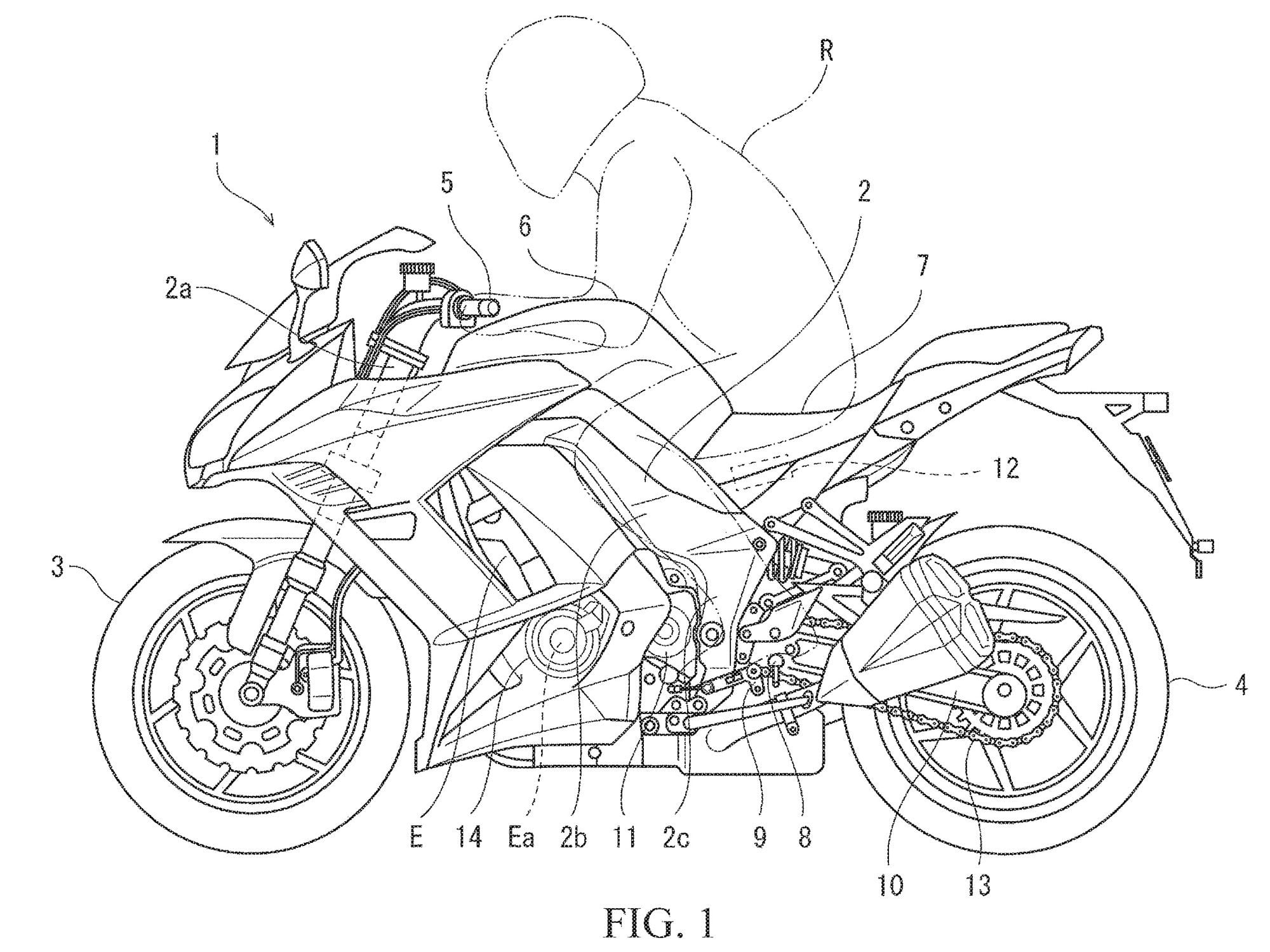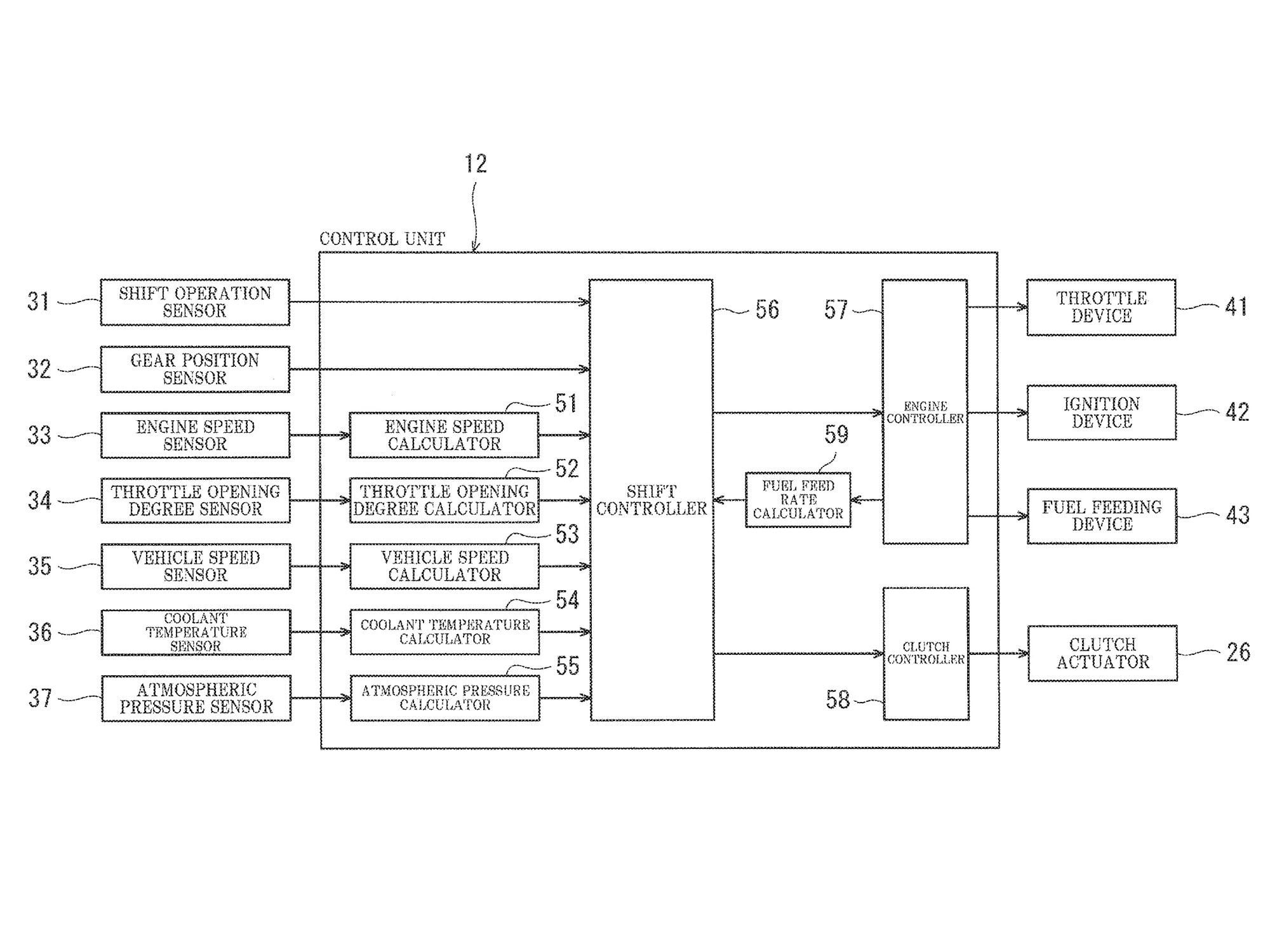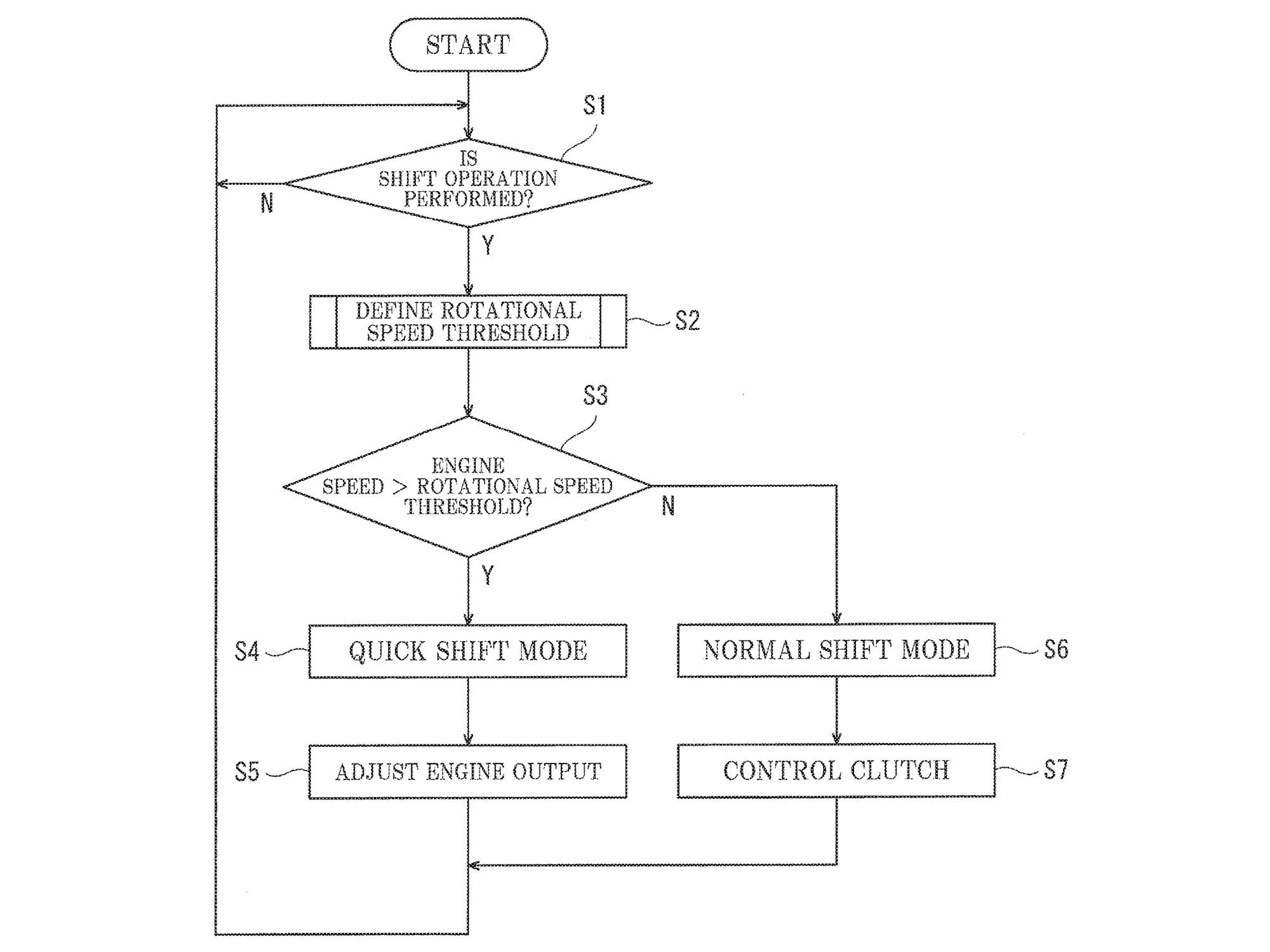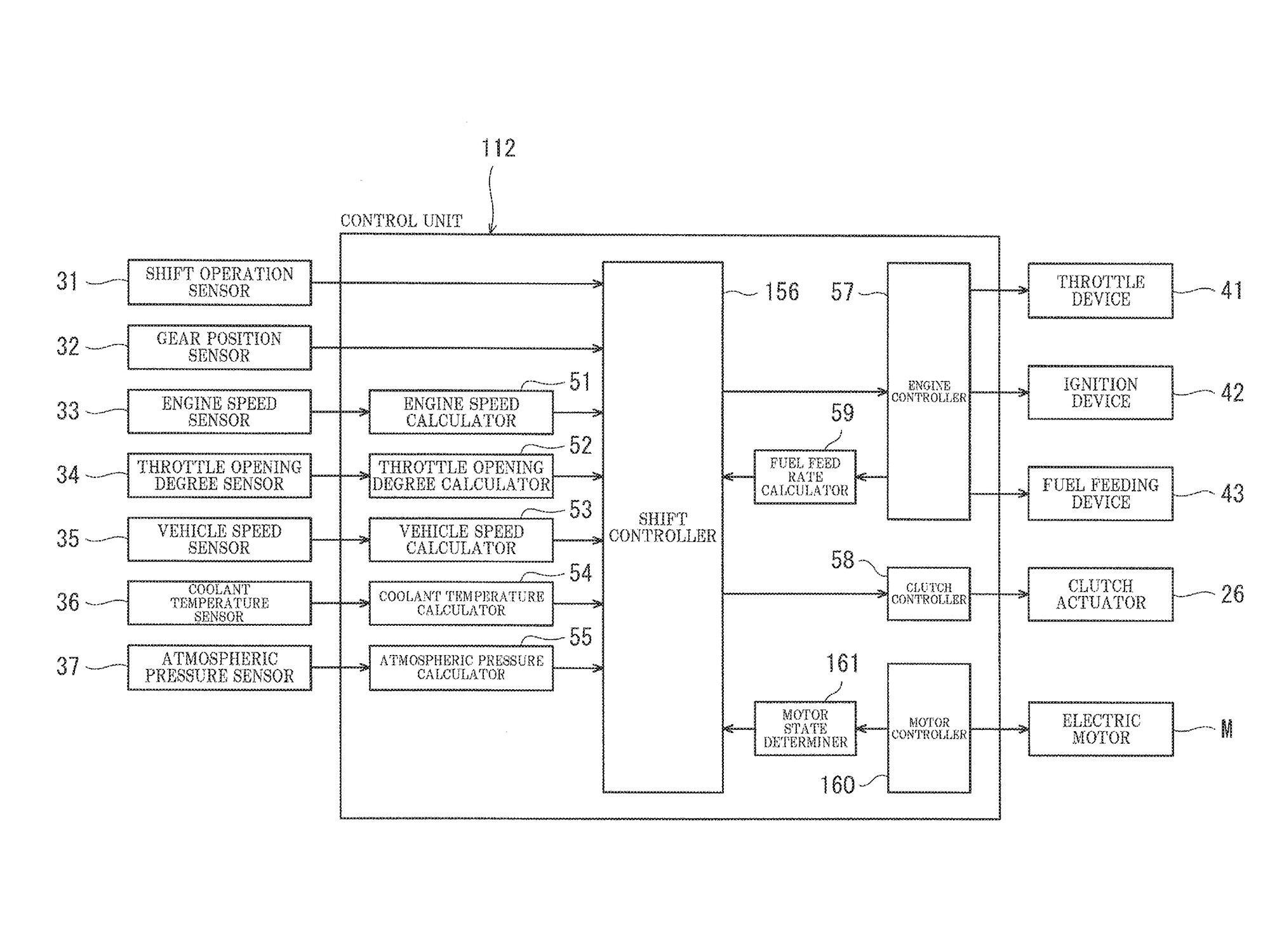
Quickshifters were once seen mainly in the realm of racebikes but in recent years we’ve seen the technology trickling down to even relatively mundane road-going motorcycles. Now Kawasaki is working on a system to make them even more usable for road riders.
The established technology is relatively straightforward. The simplest of quickshifters work only on upshifts, sensing movement of the gear lever and briefly cutting the ignition to reduce drive for an instant and allowing the next ratio to slot home without using the clutch. Since the advent of ride-by-wire throttles, we’ve seen up-and-down quickshifter technology proliferating on higher-end bikes, featuring auto-blipping to match engine revs to road speed on clutchless downshifts. When riding fast, with wide throttle openings and high engine revs, the systems are slick, but at low speeds and low revs they’re often less than ideal, with clunky changes and shocks through the transmission. As a result, even with an up-down quickshifter, chances are you still use the clutch when riding at day-to-day speeds.

Kawasaki is clearly aware of this drawback, and is working on a quickshifter allied to an automated clutch that reacts to the way you’re riding and makes its own decision on how best to complete each gear change. A newly filed patent application explains the system, which combines a modern up-and-down quickshifter with an actuator that works directly on the clutch when needed. Shown fitted to a Ninja 1000SX in the patent drawings—an apt choice, as it’s the sort of bike that might best benefit from the setup’s versatility—the system uses the quickshifter alone without disengaging the clutch at high speeds and high revs, but at a gentler pace it automatically uses the clutch as well to make for smooth shifts at any speed.
RELATED: Kawasaki Developing Hybrid Motorcycle Technology
While the new patent relates specifically to gear changes made on the move, it’s worth noting that Kawasaki’s drawings clearly show the bike with no clutch lever on the left-hand bar, suggesting that the setup will also be able to deal with feeding the clutch in automatically as you pull away and disengaging it when the bike comes to a halt.

A flow chart in the patent clearly explains the system’s decision-making process. A dedicated “shift controller” unit connected to the bike’s main ECU and mounted under the seat monitors the engine speed, gear position, shifter movement, throttle opening, and vehicle speed, as well as the coolant temperature and even the atmospheric pressure to decide at what engine speed the clutch needs to be used, and at what revs a shift can be smoothly completed without disengaging the clutch.
RELATED: How Motorcycle Quickshifters Work
If the revs are above that threshold, it uses the quickshifter—just as on many modern bikes—but at lower speeds it automatically feeds the clutch in and out to smooth the shift. If it’s working properly, the rider would probably not even notice which mode the bike has chosen.

The technology also ties in with Kawasaki’s ongoing development of a hybrid motorcycle, as an additional version of the system described in the patent also incorporates an electric motor into its operation. As with Kawasaki’s other recent hybrid bike patents (the firm is expected to officially reveal its hybrid project later this year), the patent explains how the bike operates in three modes—gas engine only, electric power alone, and with both power sources working together—and how the hybrid motor can also act as a generator to recharge the bike’s battery pack. In regen mode, when the motor is generating electricity during deceleration, the system moves the threshold for clutchless quickshifts higher up the rev range. Conversely, in “assist” mode when the electric motor is boosting the combustion engine’s performance, clutchless quickshifts can be achieved smoothly at lower revs than when the combustion engine is working alone.
Although a patent application is far from a guarantee that a technology will reach production, Kawasaki’s idea seems a logical step from the current state of the art. The involvement with the firm’s hybrid bike project adds further fuel to the idea that the setup might see the light of day in showroom models in the future.






